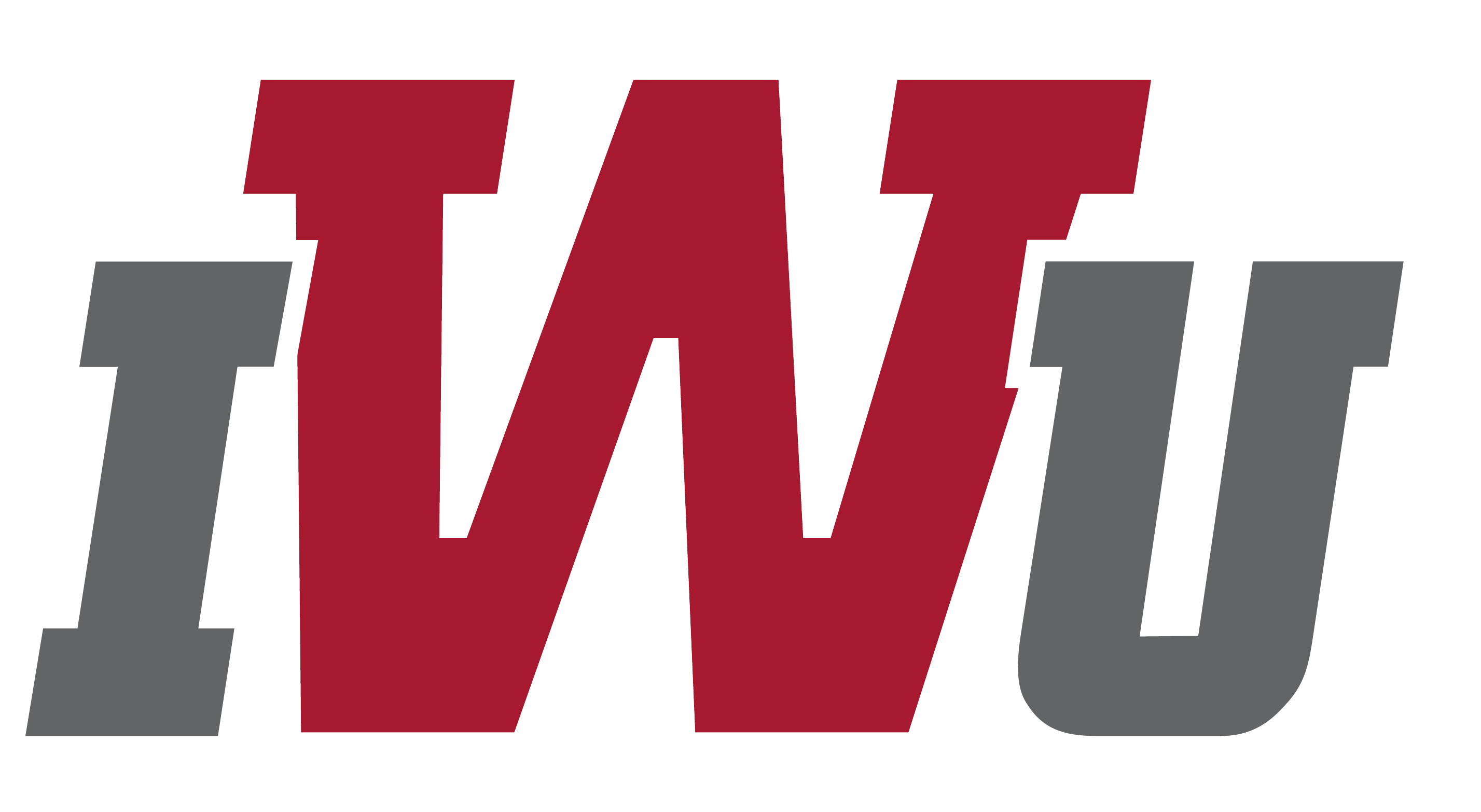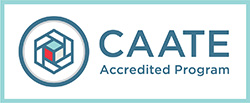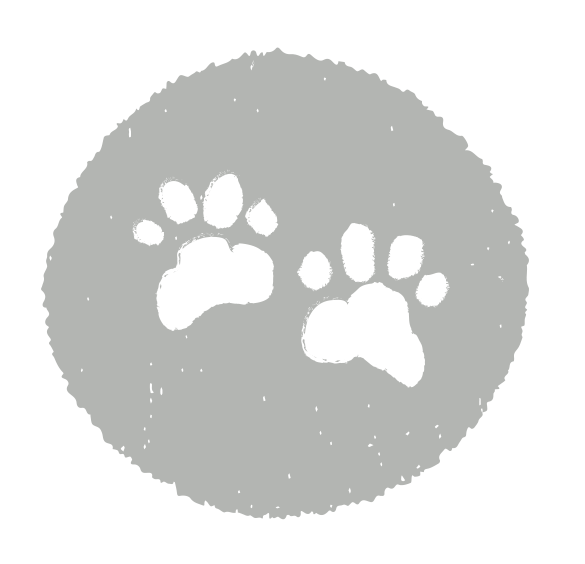 M.S. Athletic Training Degree
Next Start |
M.S. Athletic Training Degree
Next Start |
The Master of Science in Athletic Training (MSAT) degree is a 63-hour, professional athletic training degree which provides graduate students with the knowledge, values, skills, and clinical education necessary to successfully practice as certified athletic trainers. Graduates of this program will be prepared to successfully pass the Board of Certification Inc. (BOC) certification examination.
The program is designed for students who have completed an undergraduate degree but are seeking entry into the athletic training profession through a graduate program that is accredited by the Commission on Accreditation of Athletic Training Education (CAATE). The IWU MSAT program is accredited through the 2027-2028 academic year. This program is not intended for students who already have an undergraduate athletic training degree from a CAATE accredited institution or are currently eligible for the BOC certification examination.
 The mission of the MSAT at Indiana Wesleyan University is to offer high-quality, evidence-based educational opportunities that help students grow intellectually, professionally, and personally within a nationally accredited curriculum in athletic training, serving the healthcare needs of Indiana and beyond.
The mission of the MSAT at Indiana Wesleyan University is to offer high-quality, evidence-based educational opportunities that help students grow intellectually, professionally, and personally within a nationally accredited curriculum in athletic training, serving the healthcare needs of Indiana and beyond.
To achieve the mission of both Indiana Wesleyan University and the MSAT, we strive to provide:
A Christ-centered learning environment that nurtures and develops professional behaviors aligned with the values of excellence, caring, honesty, and respect. These values are consistent with the Code of Ethics by the National Athletic Trainers’ Association and the Standards of Professional Practice from the Board of Certification, Inc.
A comprehensive, student-focused curriculum that covers the full scope of athletic training. This curriculum builds on students' liberal arts and science foundation, deepens their understanding of athletic healthcare issues, and prepares them to engage with and serve a diverse patient population.
A variety of didactic, laboratory, and clinical experiences that expose students to a wide range of traditional and emerging healthcare and human service delivery models.
In the MSAT program at Indiana Wesleyan University, you’ll learn:
By completing the MSAT program, you’ll be well-prepared to meet healthcare needs in Indiana and beyond, making a meaningful impact in athletic training.
What Makes IWU Different?
IWU has provided education for more than 100 years.
Faith-integrated curriculum and a commitment to changing the world.
Center for Student Success for counseling, tutoring, and more!
The curriculum for this Master of Athletic Training covers:

These courses contain the program-specific knowledge. Upon completion, you should have the tools to conquer your new career with confidence. For a full list of courses and prerequisites required to complete your degree, please visit the course catalog. Click on a course below to view the description.
ATR-510,ATR-501,ATR-515,ATR-520,ATR-520L,ATR-502,ATR-521,ATR-521L,ATR-525,ATR-525L,ATR-516,ATR-526,ATR-530,ATR-548,ATR-503,ATR-535,ATR-535L,ATR-531,ATR-545,ATR-545L,ATR-504,ATR-540,ATR-549,ATR-517,ATR-577

$695 / Credit Hour
Financial aid is available in the form of grants, loans, scholarships, veterans’ benefits, and employer reimbursement.
Students must have completed the following courses with a grade of B or better from a regionally accredited college or university to be considered for the MSAT program. These courses provide a foundation for success in professional level graduate work in the MSAT program. The MSAT Program Director will make the final decision as to the compatibility of each course to meet curricular standards.

Students must have completed the following courses with a grade of B or better from a regionally accredited college or university to be considered for the MSAT program. These courses provide a foundation for success in professional level graduate work in the MSAT program. The MSAT Program Director will make the final decision as to the compatibility of each course to meet curricular standards.
Jump start your career with your M.S. Athletic Training degree!